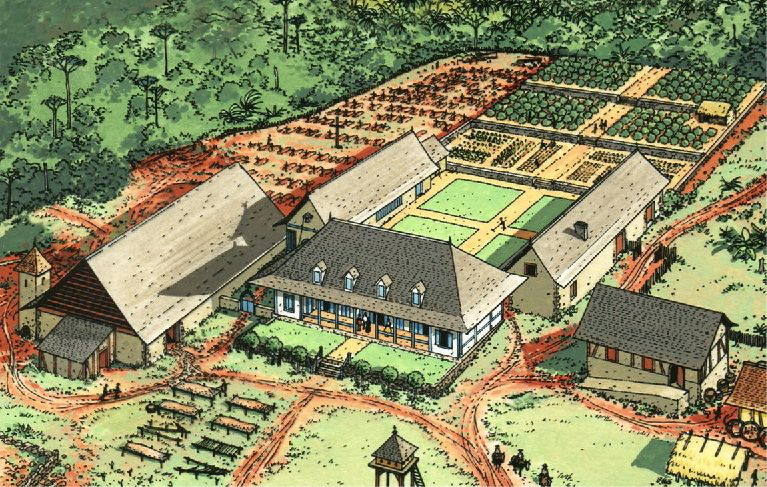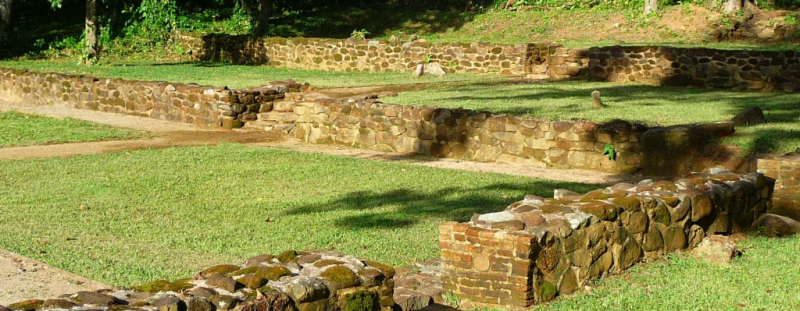Site Archéologique Habitation Loyola
The Loyola habitation is a historic colonial estate near Remire-Montjoly, in France's Guyane department. It played an important role in Guiana's economic history throughout the first half of the 17th century. This site, a slave-holding business run by monks, exemplifies the Church's complicated, and mostly forgotten, history with slavery. At its peak, Loyola spanned over a thousand hectares and employed 500 slaves.
Even though construction elements were removed to be reused in other works, such as in Cayenne, the Loyola site maintains excellent archaeological integrity. The residence, kitchen, hospital, store, chapel, cemetery, forge, and purgerie have all been discovered in the fathers' house sector. The property is littered with the remains of the pottery, numerous sugar factory structures, the cafeteria-cacaotier, and the indigo factory. The archaeologists also unearthed parts of the circulation system, the aqueduct, and terraces designed for the cultivation of specific plants. The numerous objects gathered describe the living conditions and business relations of this unique home, which is indicative of the colonial economy due to its size.
The Habitation Loyola's ruins have been the subject of research and enhancement since 1994, with the goal of unveiling this extraordinary ensemble to the public as a destination for wandering, discovery, and remembering of colonial history. By October 11, 1993, the place was designated as a historic monument and has become one of the most famous historical sites in French Guiana.
Location: Remire-Montjoly






